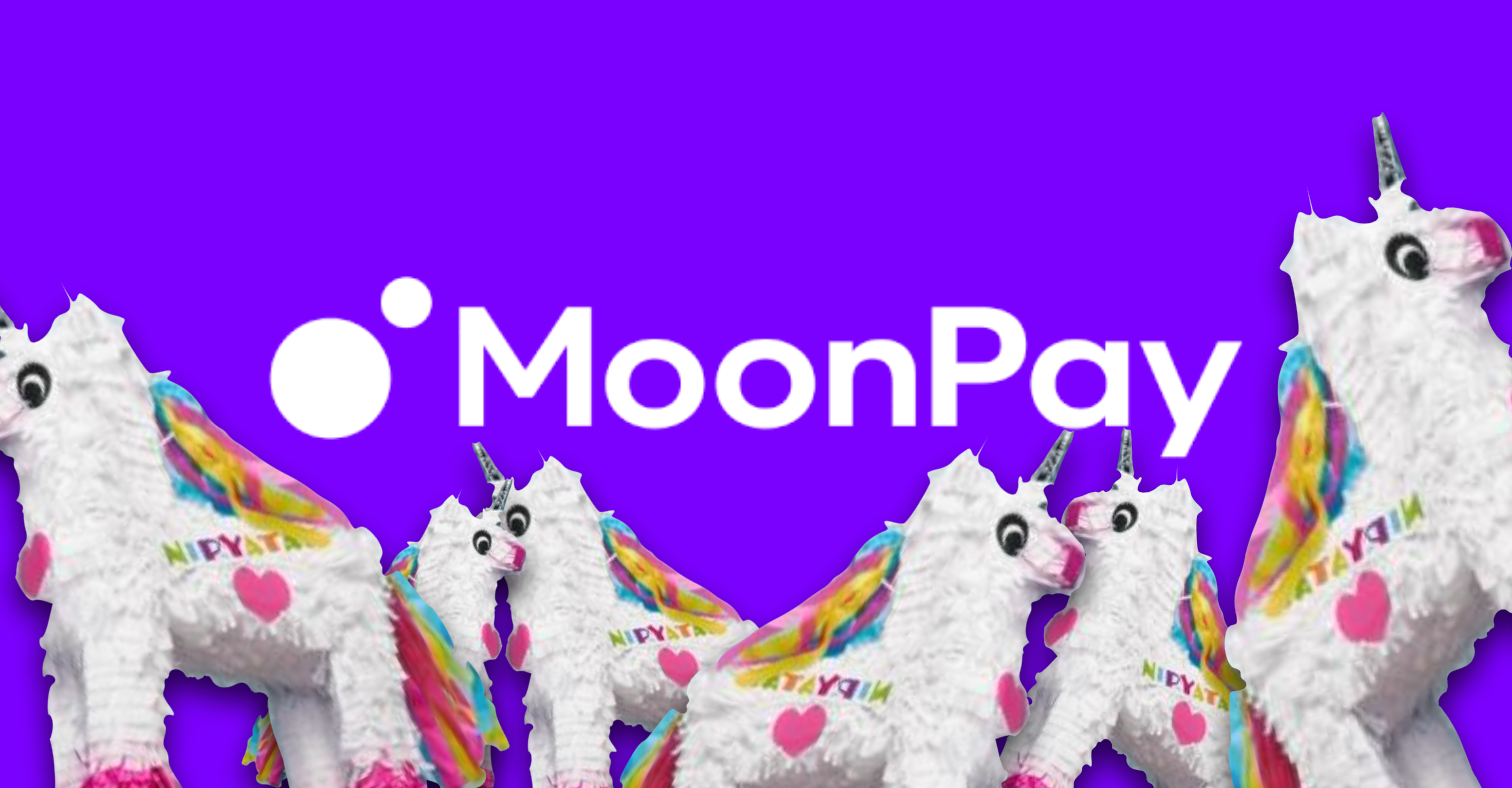During this time when centralized exchanges and cryptocurrency companies are battling for solvency and looking for protection from bankruptcy, Uniswap is getting ready to play the fiat game. The Uniswap Web App now allows anybody with a credit card, debit card, or bank transfer to buy cryptocurrency at the best prices available on web3.
Users of Uniswap now have the ability to acquire crypto assets directly via their bank accounts or credit cards in over 160 countries thanks to an agreement that Uniswap made with MoonPay to connect DeFi and traditional currencies. However, bank transfers are only an option for customers in some parts of the United States, Brazil, the European Economic Area, and the United Kingdom.
1/ Go direct to DeFi 🚄
Starting today, you can now purchase crypto on the Uniswap Web App using a credit/debit card or bank transfer at the best rates in web3 thanks to our partnership with @moonpay! 💸https://t.co/YVyk8e6d2h
— Uniswap Labs 🦄 (@Uniswap) December 20, 2022
Users will be able to acquire DAI, ETH, MATIC, USDC, USDT, WBTC, and WETH with some of the lowest costs available throughout the whole market, and this ability will vary according on the area. Users of Uniswap may now change their fiat currency into cryptocurrencies on the Ethereum mainnet, Polygon, Optimism, and Arbitrum, and begin trading in a matter of minutes!
Through this partnership, Uniswap and MoonPay want to tackle a problem that has persisted for a long time for users of DEXs: the fact that peer-to-peer blockchain protocols do not allow fiat pairings in the same way that centralized exchanges do. At the moment, customers may acquire cryptocurrencies for prices ranging from $15 all the way up to $12,000.
Uniswap claims that it offers the most advantageous fiat on-ramp service due to the fact that it does not charge spread costs on USDC, has the most competitively priced processing fees in the industry, and offers rapid access.
Ivan Soto-Wright, CEO of MoonPay, stated that “Uniswap is one of the largest and most important trading platforms in web3 and MoonPay is proud to be the chosen provider of fiat payment services for the decentralized exchange. Together, we’re showcasing how you embed accessibility and usability into DeFi — making it easier to onboard the world to Web3.”
Compiled by Coinbold

